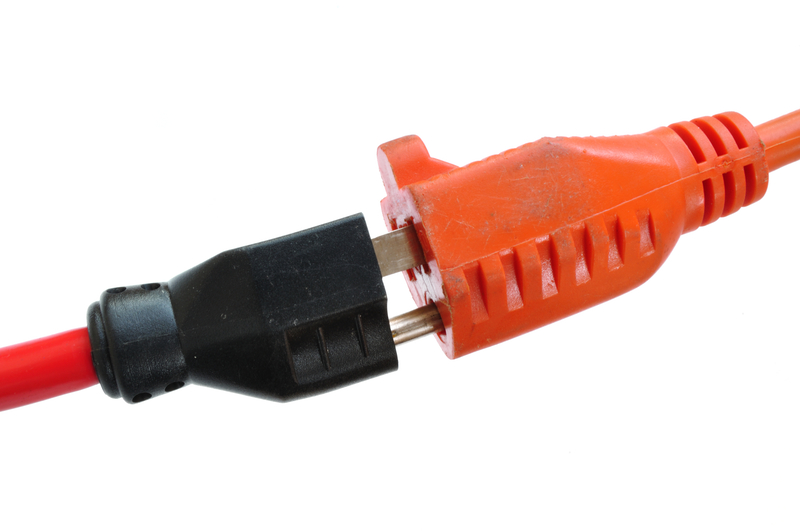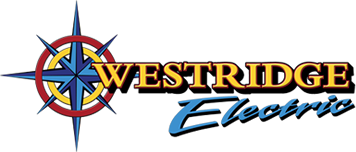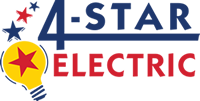
Have you ever started working on a project only to learn that there’s no electrical outlet where you need it? If so, you’ve probably just reached out for an extension cord, plugged it in, and continued your work. But did you know that there are some important safety precautions you should take whenever you use an extension cord? Here are the most important dos and don’ts for extension cord use at home and at work.
Do Get the Right Amperage
Not all extension cords are built to handle the same tasks. The length and gauge, or thickness of the cord, will determine the amperage rating. This means you will need to determine the required amperage of your device before ever plugging it in. Overloading the cord could result in damaging it at best and an electrical fire at worst.
Do Not Double Up
As mentioned before, length affects the wattage rating. If you plug two identical extension cords together, their current capacity can be cut in half. This creates the perfect environment for overloading. As a safer alternative, use an appropriately sized cord based on your needs. If this is a common occurrence, consider having more outlets installed in the needed area.
Do Keep Them Organized
Cords are incredibly efficient tripping hazards. Avoid this by keeping them out of the way, neatly spaced, and never run them under rugs or through doorways. Not only does this reduce the chances of stumbling over them, but it ensures they stay in good condition and experience less wear and tear. While we’re on the subject, we’ve all seen extension cords bent from being tied into knots. Don’t use any cords that appear damaged or broken.
Do Not Use an Indoor Cord for Outside
The extension cord you’re using for power tools out in the yard should not be the same one you’re using to charge your phone in the living room. This all comes down to jacketing. An outdoor cord has a thicker and tougher insulation jacket. This allows it to stand up against moisture, changes in temperature, and more. Cords rated for outdoor use will be clearly marked. If it doesn’t mention outdoor use at all, it’s a safe bet that the cord is intended to be used indoors.
Extension cords can be great tools for temporary use. Make sure to follow these above dos and don’ts to protect your cords, your devices, and yourself. For any other questions or advice about electrical safety, reach out to our Okotoks-based team at Westridge Electric!


